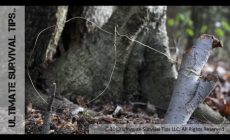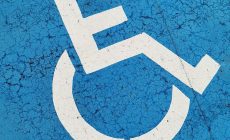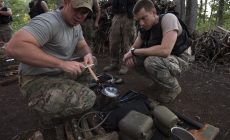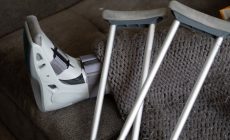Water is the most important element a human body needs in order to survive. Losing 10% to 22% of your body’s water is fatal compared to losing all reserve carbohydrate and fat as well as half your body’s protein which the human body can survive without.
It is important to understand that our body needs water to function properly and the amount of water our body looses each day needs to be replenished to prevent dehydration.
Dehydration can be fatal and its effects on the body are serious which includes dizziness and labored breathing, nausea, apathy, stronger thirst, delirium, sleeplessness, and death. Children, infants, the elderly and physically ill people are prone to dehydration.
Having access to a clean and safe drinking water is essential for survival as disasters will mostly cut clean and safe water supplies. Will you have a survival water filtering technique handy? Here are some basic steps on how to store clean drinking water:
1. Know Your Family’s Daily Water Consumption.
You have to know your family’s daily water needs so you will know how much water you need to store to last for 3 days or longer. Use this daily water consumption figures as a guide to help you store the right amount of water you and your family needs.
- An average person needs to drink at least a gallon or 3.8 liters of water to survive.
- Each person in your family should have 1 gallon or 3.8 liters of water for personal hygiene.
- For toilet purposes each person needs 2 to 7 gallons of water but this water doesn’t need to be drinkable as long as it is clean for washing purposes.
- Fill all your containers to overflowing and make sure that you place the lid tightly on top to avoid contamination.
- It is important to have different sizes of water containers to store your water so that in case you need to evacuate you can easily carry your water and survive somewhere else.
- Use food grade plastic containers for water storage and tanks made for rainwater storage. Keep in mind to never use plastic that will contaminate the water.
- If you are in the USA it is advisable to use BPA Free FDA Approved Plastic Reusable Water Bottle Container Jug (like these).
2. Store your water properly.
It is important to note that your survival water purification and storage time is dependent on the container you use, temperature, etc. Follow these guidelines to make sure that your water doesn’t get contaminated.
- Opaque containers are the best choice for water storage. if you are storing bottled water change it with a newer stock every few months to make sure that you are storing a clean drinking water.
- Store all your water away from sunlight to avoid algae and other life forms from growing.
- Safely store your water away from contaminants like fungicides, pesticides, paint, gasoline, and any other chemicals by using a safe storage reservoir like this one.
- Never store your water where it can freeze. An ice block is useless when you don’t have heat to melt it.
- If you intend to store your water for more than 6 months you need to treat it. But if you don’t want to treat your stored water changing it with fresh water is also a good option.
- Label and cycle your stored water to make sure that you know when it needs to be changed. To make it easier you can change your water supplies in time with changing the clock for daylight savings.
- Learn water treatment if necessary to make sure that the water you’re storing is clean and safe. Follow these simple steps for proper water treatment:
- Using unscented household bleach put 1/4 teaspoon in every gallon of water or 5 drops per liter/quart. You can also follow the Washington State Department of Health water purification process as a guide.
- Mix it very well
- If you want to be sure that you are treating your stored water properly you can buy a solution from a camping shop or any disaster preparation store that is exclusively prepared for water treatment.
3. Make sure that you are storing your water where it is very accessible.
Storing them in different parts is also a good way to avoid problems in case a part of your house or shelter collapses or gets shut off.
Always know where to get an alternative water source in an emergency. In case your water supply runs out you can get clean drinking water from other possible places in your home:
- Hot water cylinders and header tanks contain clean drinkable water if supplied by the main water tank.
- If you haven’t used a chemical cleaner your toilet cistern water can be a source of safe drinking water.
- Water from swimming pools can also be used for sanitation and washing but should never be used for drinking.
- In case of fires you can use water from streams and rivers near your home.
Emergency Water Storage Video:

























1 Comment
S
April 19, 2021 - 8:20 amOut of curiosity if I needed to go entirely on foot long distance, would the 1/4 table spoon of bleach for gallon work on river/ creek water? Or do I need iodine tablets? Water is heavy, could I make do with carrying the water treatment instead of water itself in an emergency?